- Webinar No: WBNR 1168
- PDH Units: 2
No data found for Custom Course Number
No data found for Custom Course Units
Intended Audience: All Engineers
Credits: 2 PDH Units
When: Wednesday 7/17. 2 - 4 pm ET
We promise you a very special webinar . This is not your ordinary boring ethics webinar. We are very proud to bring this webinar to you. On August 1, 2007, just after 6:00 pm, the I-35W bridge over the Mississippi River in Minneapolis suddenly collapsed. Thirteen people perished, and another 145 were injured, many seriously. The main river crossing structure consisted of two parallel steel deck trusses supporting the transverse truss girders, supporting the reinforced concrete deck slab. The connections of the truss members were made with double gusset plates mostly riveted in the shop to the members. A few connections had field bolts for field erection. The steel trusses were “fracture critical,” which means a fracture of one member or its gusset plate connection would collapse the entire span. The post-collapse investigations established the cause of collapse to be the failure of the two gusset plates in a single truss connection designated as Node U10. The reason for the two gusset plates in this connection to fail was that in the original design, the thickness of the gusset plates in this Node 10 was specified to be ½-inch, whereas, after the collapse, calculations clearly showed that it should have been 1-inch. So, the engineering and scientific reason for the collapse was a design error in the original design. However, the main question in the aftermath of the tragic collapse was: why did such a major design error not manifest in some local distress during the almost 40 years that the bridge was under service? The answer is that in the aftermath of the collapse, it was clear that, in fact, at least four years before the collapse, the engineering firm that was hired by MN DOT to inspect the bridge had taken photos of the members and gusset plates and in their report gusset plates in Node 10 are seriously buckled and deformed. Still, the report states the condition of the gusset plate is “Good.” One might say that this is “incompetence” and not “unethical” behavior. But, Dr. Astaneh, by using publicly available factual information, will show that, even with such a major design flaw, if the inspecting firm that inspected the bridge four years before the collapse had followed the first canon of the Code of Ethics for Engineers which states: “Engineers, in the fulfillment of their professional duties, shall: Hold paramount the safety, health, and welfare of the public,” the tragic collapse could have been prevented.
Please note: this “Live & Interactive” ethics webinar is intended to fulfill the annual ethics course requirements for most professional certifications and registrations
References and Recommended Further Readings:- (1961). “Standard specification for highway bridges,” American Association of State Highway Officials.
- Astaneh-Asl, A. (2008). “Progressive Collapse of Steel Truss Bridges, the Case of I-35W Collapse”, Invited Keynote paper, Proceedings, 7th International Conference on Steel Bridges, Guimarăes, Portugal, 4-6 June 2008. (https://drive.google.com/file/d/0B6Cv_TTKSlYicmxvUWt4ZEtaSEU/view?usp=sharing&resourcekey=0-Y_5A7_LagaSpWuSdvl6BnA)
- MN-DOT.(2007). “Construction plans, inspection reports and other data on I-35W” was posted on the website of the Minnesota Department of Transportation right after the collapse.
- Snowbeck, C, Hoppin J, and Orrick, “Investigators scrutinize connector plates”, Pioneer Press Newspaper, August 10, 2007
- NTSB-Dockets. (2008). “Press releases, reports, photos and other information on I-35W”, the National Transportation Safety Board Docket on the Internet, 2007-2008. https://data.ntsb.gov/Docket/?NTSBNumber=HWY07MH024
- Manual for condition evaluation and load and resistance factor rating (LRFR) of highway bridges, American Association of State Transportation and Highway Officials, 2003.
- “Fatigue evaluation and redundancy analysis- Bridge No. 9340, I-35W over Mississippi river”, Report to Minnesota Department of Transportation, URS Corporation, July 2006.
- NTSB, (2008). “Collapse of I-35W Highway Bridge Minneapolis, Minnesota, August 1, 2007, Highway Accident Report NTSB/HAR-08/03., National Transportation Safety Board, Washington, D.C.
- Code of Ethics of National Society of Professional Engineers (NSPE) https://www.nspe.org/sites/default/files/resources/pdfs/Ethics/CodeofEthics/NSPECodeofEthicsforEngineers.pdf
- NSPE Ethics Guide https://www.nspe.org/sites/default/files/resources/pdfs/Ethics/EthicsReferenceGuide.pdf
- ASME “Code of Ethics of Engineers”, https://www.asme.org/wwwasmeorg/media/resourcefiles/aboutasme/get involved/advocacy/policy-publications/p-15-7-ethics.pdf
- ASCE Code of Ethics https://www.asce.org/-/media/asce-images-and-files/career-and-growth/ethics/documents/asce-code-ethics.pdf
- Ethics, Technology, and Engineering, a textbook by Ibo van de Poel and Lambèr Royakkers, Wily-Blackwell, 2011.
- Concepts and Cases-Engineering Ethics, a textbook by Charles E. Harris et al., published by Cengage2019
Date: Wednesday. July 17. 2024. Starts: 2 - 4 pm ET Credits: 2 PDH Units
Learning Objectives:
At the successful conclusion of this course, you’ll be able to identify and discuss:-
-
- What are the “legal” and “ethical” responsibilities of engineers to “hold safety paramount”
- Why engineers and managers should not give priority to financial considerations at the expense of ignoring safety concerns.
- How “group-think” within the engineering firms can blind engineers to “hold safety paramount” by downplaying safety concerns expressed by one individual in the group.
- What is the “normalization of deviance” in engineering and scientific research?
- How “normalization of deviance” was the leading cause of the I-35W tragic collapse.
- How “willful or intentional blindness” of engineers can create safety-related disasters
- What is the important concept of “preventive ethics” proposed by Charles E. Harris Jr. in 1995?
- How by following “preventive ethics” this tragic collapse could have been prevented.
-
Special Webinar Instructions
After payment, please visit this webinar page, click "Start Course" and fill out the Webinar Registration Form. You'll receive email notification and details on how to join the webinar. You will then be able to access the webinar slides, test your system and receive webinar reminders. After completing the webinar requirements, your certificate of completion will be saved and available for download in your profile. We value your feedback! Please rate this webinar after completion.Group Discounts Available
Bio:
Abolhassan Astaneh-Asl, Ph.D., P.E. Dr. Abolhassan Astaneh is a professor emeritus of civil and environmental engineering at the University of California, Berkeley, and a 2013 Minner Faculty Fellow in Engineering Ethics and Social/Professional Responsibility in the College of Engineering. He won the 1998 T.R. Higgins Lectureship Award of the American Institute of Steel Construction, the most prestigious award in his field. He is a licensed civil engineering Professional Engineer (P.E.) in California. Dr. Astaneh is currently a structural engineering and bridge engineering consultant. He has been and continues to be an expert witness in several court cases on structural and bridge engineering and construction failures. He continues his research and publication and gives lectures and seminars/webinars in structural engineering, earthquake engineering, bridge engineering, and engineering ethics. He has published over 300 journal papers, conference proceedings, technical reports, and book chapters. He has had hundreds of press interviews on technical aspects of subjects in his expertise. His research and expertise are in structural analysis, design, earthquake engineering of steel, steel-concrete, concrete, and wood buildings and bridges, failure analysis of buildings, bridges, and other structures, blast protection of structures, and protection of buildings, bridges, and other structures against terrorist attacks. He has designed, constructed, and done extensive research and studies of buildings and bridges for 54 years, including buildings of up to 73 stories and long-span bridges such as the Golden Gate Bridge and the Bay Bridge. Dr. Astaneh has performed the failure analysis of several collapsed structures, including the World Trade Center Towers, the Florida Pedestrian Bridge, and the Minnesota I-35W bridge; both bridge failure cases involved engineers not abiding by the first canon of engineering ethics that is “engineers should hold safety paramount.”Course Reviews
5
- 5 stars2
- 4 stars0
- 3 stars0
- 2 stars0
- 1 stars0
Once completed, your order and certificate of completion will be available in your profile when you’re logged in to the site.
Ethics Courses

E – 1865 Engineering Ethics: The Cases of Challenger and Columbia Shuttle Disasters; “Hold Safety Paramount” to Prevent Loss of Lifeby Dr. Abolhassan Astaneh-Asl, Professor Emeritus. Ph.D., PE

[Live Webinar] Engineering Ethics: Baltimore Ship and Bridge Collision; Ethics Violation Caused Six Deathsby Dr. Abolhassan Astaneh-Asl, Professor Emeritus. Ph.D., PE


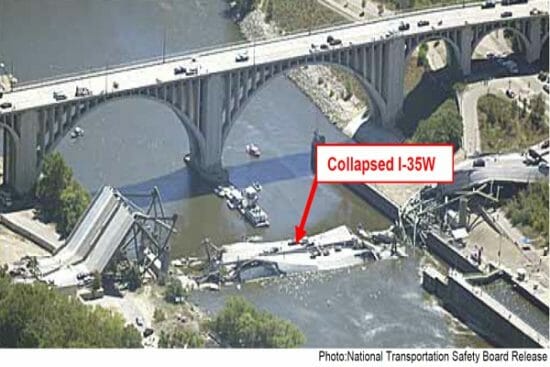
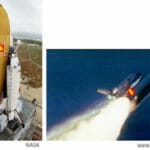
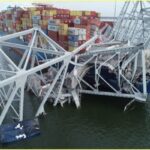
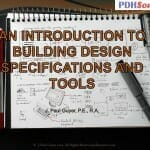
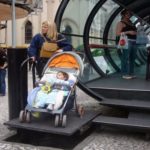
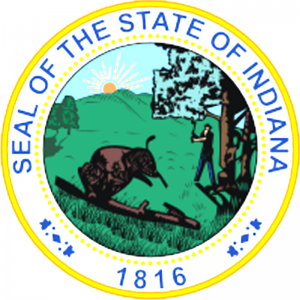
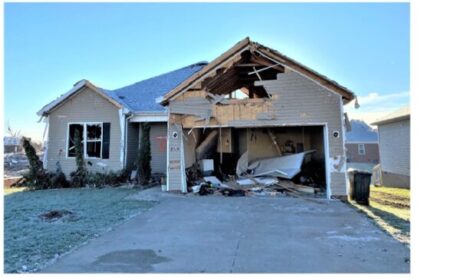
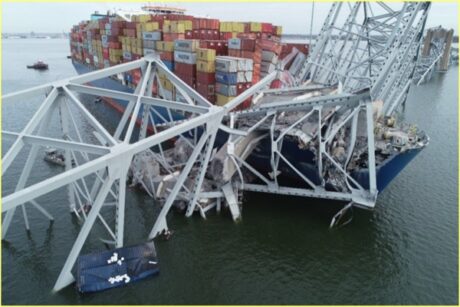
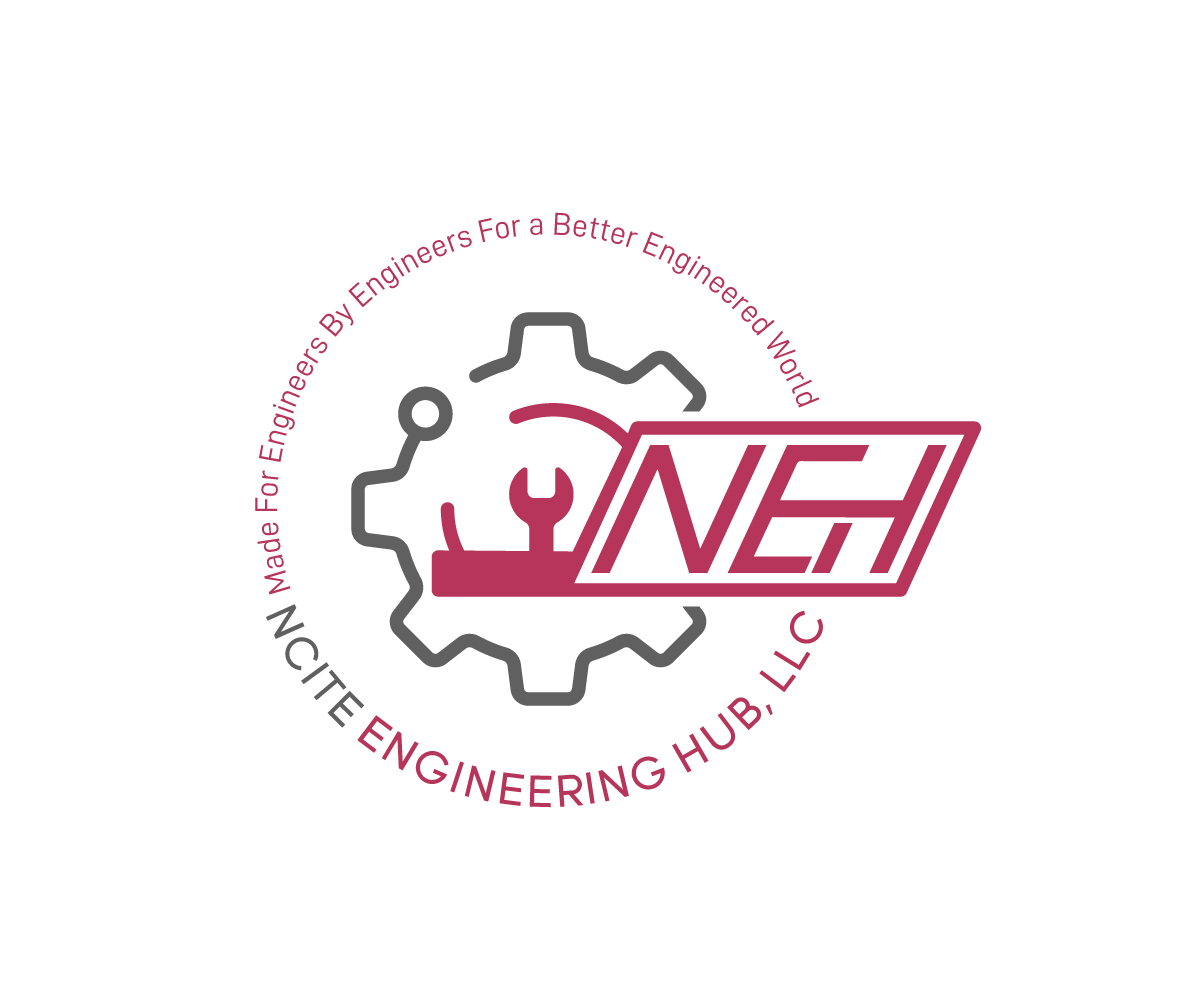
All of the information provided pointed to errors being made throughout the life of the bridge and not unethical behavior such as cover ups or conscious wrong doing. Was it really unethical actions that caused the bridge failure, you decide?
Excellant seminar, very informative.